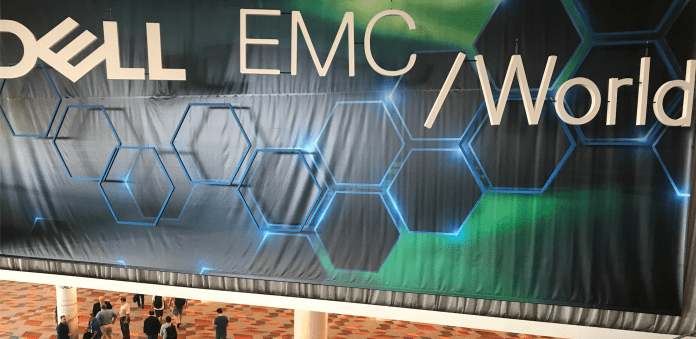Dell IoT Solutions Director discusses open source IoT, fog versus cloud and partner ecosystems
LAS VEGAS–Kevin Terwilliger, Dell’s IoT Solutions Director, Client Solutions, works with customers to identify IoT “blueprints” meant to accelerate return on investment. In a departure from the predominant thinking, Terwilliger explained this process doesn’t start with an evaluation of technology, but rather with an analysis of the attendant business case.
“It’s important to not start with the technology,” Terwilliger said in a meeting room tucked away in the Sands Expo and Convention Center. “We’re really trying to help customers think about the business case. What is the ROI that matters to you? Some businesses care about customer experience and how do I engage a customer in a new way. Other customers are concerned about cutting cost out. Then you craft the whole solution around that business case.”
Terwilliger said he views Dell’s role in the IoT space as bringing a broad infrastructure portfolio that enables the flexibility needed to address varying use cases and architectures. But, “We can’t stop there. We can’t say, ‘Hey, customer, here’s a bag of parts.’ Where you create value is through these blueprints…then bring in the right partners. We’re not a fleet management company, and we’re not a predictive maintenance company. We need to work with the customers that have those capabilities. We have the IT capability, they have the OT capability.”
Asked to give an example of a particularly difficult customer solution development process, Terwilliger pointed to a project with The Weir Group, a Scottish outfit that makes industrial equipment for the mineral, power and oil and gas verticals, including mining equipment.
“They were trying to transition to a better operating model,” he said, adding that the company sells the machine, but derives a big portion of income from ongoing service of those machines, which was based on a scheduled, preventative model. “For them they would have mines out in the middle of nowhere, so they’d put a guy in a helicopter and find one of two things: Nothing is wrong, I just wasted a trip, or two, something is wrong and I don’t have the part.” To save on truck rolls–err, helicopter flights–Dell took its Edge Gateway product and created a rugged enclosure suitable for deployment in a harsh mining environment. “Now they only put a guy out in the field when they need it, and they go with the right parts. It actually totally changed their product development process–what’s the right amount of engineering they should put into X new pump?”
In The Weir Group example, data is cleansed at the edge, and fed into Microsoft’s Azure cloud. Terwilliger discussed the decision making that goes into whether data should be processed at the edge or in the cloud. The process starts with market education, he said. “We often find ourselves educating on what the fog and what the edge is. [Executives] have a certain view of what the cloud is. It scares the heck out of them, so there’s some education there. They just want business value. We try to work with our partners to determine what is the right architecture so we can do that as efficiently as possible. They don’t care how much data is being processed at the edge and processed in the cloud.”
As to open source IoT, at the recent Hannover Messe show in Germany, the Linux Foundation announced its EdgeX Foundry project, which is meant to create an open source framework for IoT edge computing interoperability. The idea is to bring a modicum of unification to what is by and large an incredibly fragmented market. Dell provided more than 125,000 lines of code developed in-house under the name FUSE to jump start EdgeX Foundry, which launched with a big roster of partners. So why make this valuable resource open source?
“Ultimately, what we realized is, Dell is not a software company,” Terwilliger said. “We’re not really a company that looks to monetize a platform like that. It would have also put us into competition with partners. We win, ultimately, if the edge market looks more like the PC market. We win by selling the underlying infrastructure.”

